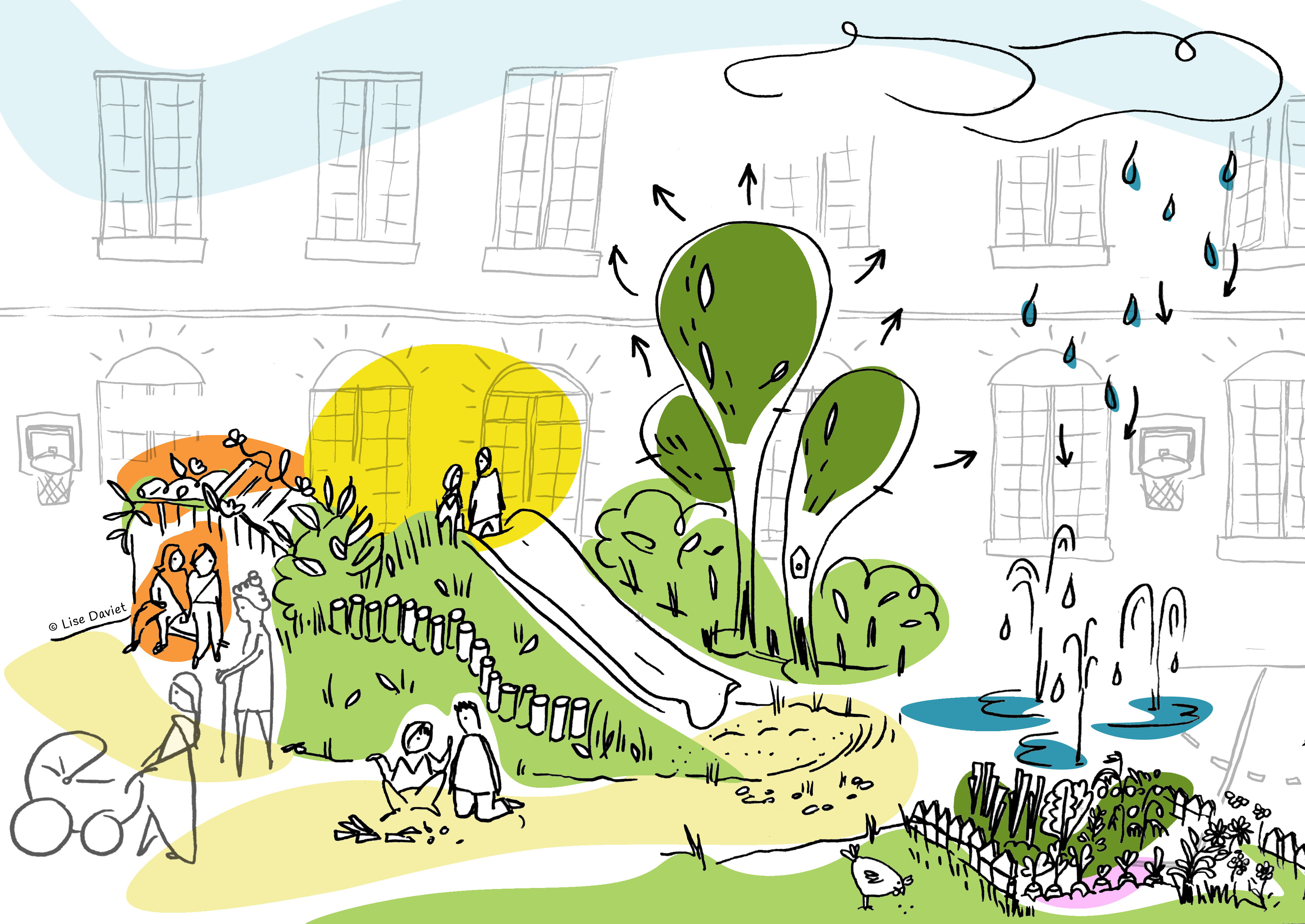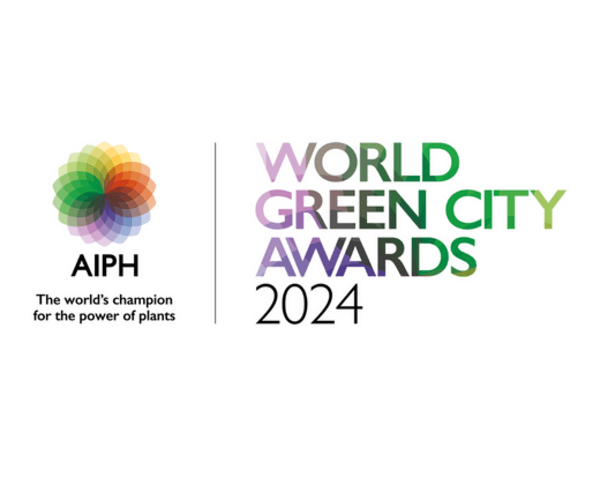The Oasis Schoolyards project is providing many outcomes in innovation. Various social groups are engaged in different stages of the project development aiming to generate social innovation. The re-purposing of schoolyards has led to planning innovations: integration of more nature into the schoolyard area, low tech rainwater management solutions and play areas that foster imaginative play. The project is transforming the use of schoolyards by encouraging outdoor learning, and social cohesion activities when they are opened on weekends.
The OASIS approach provides a 2-level participatory process for the placemaking plan of schoolyards.
1) Children are engaged to co-design their schoolyards to ensure that their needs and aspirations are accommodated in their everyday outdoor space.
2) A 3-step community engagement process has been developed to engage and empower the local community to participate in decisions regarding the use and activities that can take place after-school hours, when the schoolyards are open to the local community.
During the implementation of the project, every process that is developed is being documented into a tool, method, training module or best practice. A new tool “Library of technical solutions” emerged from the co-design activities and training and awareness-raising sessions as a manual for participatory design through urban resilience. The tool is currently under final review and aims to function as a manual for other cities to replicate the OASIS approach in schoolyard transformation.
Currently, more processes are being tested in terms of environmental and social monitoring and evaluation. The project follows an iterative process from planning to evaluation monitoring and reflective workshops.
The project is implemented by the City of Paris, in the framework of the Urban Innovative Actions initiative. A consortium of partners was established, which includes two NGOs (CAUE and La Ligue de l'enseignement), the public organization Météo-France, and 2 research laboratories. Throughout the project, these partners conduct training sessions, awareness workshops, co-designing activities, and assessment.



